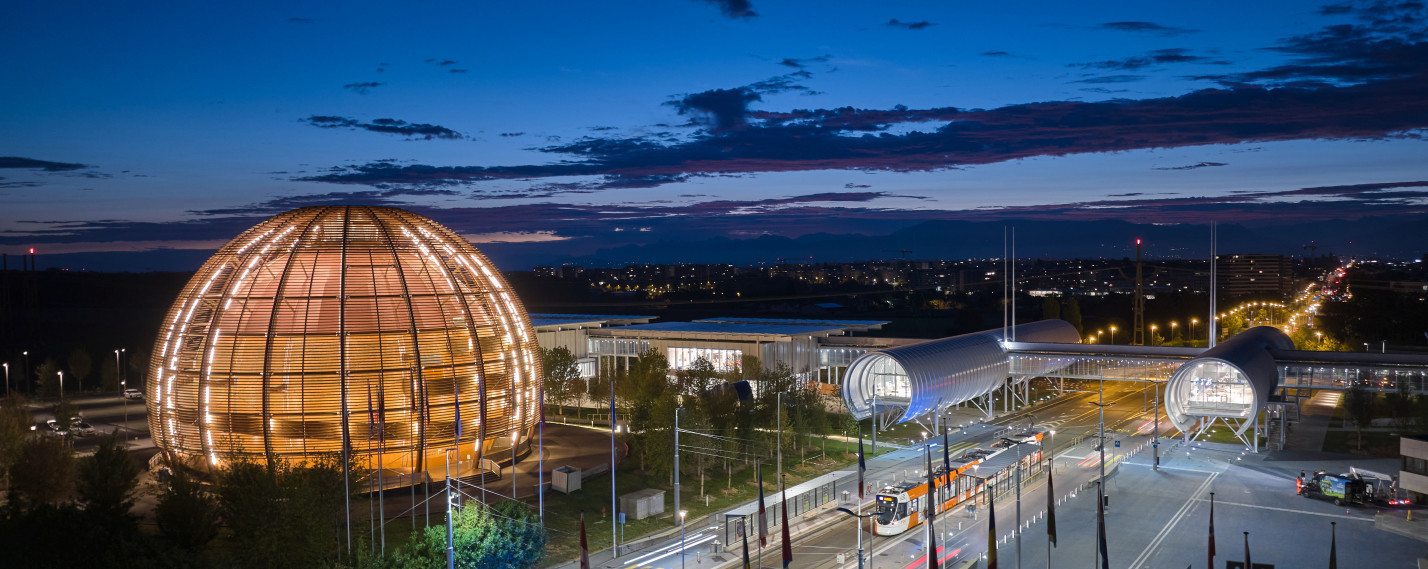Speaker
Description
Superconducting Radio Frequency (SRF) cavities are essential components in particle accelerators, where quenches, which can cause an abrupt loss of superconductivity, remain a significant challenge. While quench detection has traditionally relied on single-parameter analysis, these methods are often limited in terms of robustness and scalability. In this work, we explore the use of machine learning (ML) to enhance the detection of quenching events at the European XFEL. We employ a variety of ML techniques, including different neural network architectures. This analysis augments the physical model explored to obtain representative calculations from the linac operation. Initial experiments show strong performance in terms of detection accuracy and robustness. We also discuss the challenges inherent in applying ML to SRF data, including the need for expert feedback, which requires a streamlined process. Achieving consistency between offline implementations and various online calculations could also be challenging, primarily due to numerical differences.
